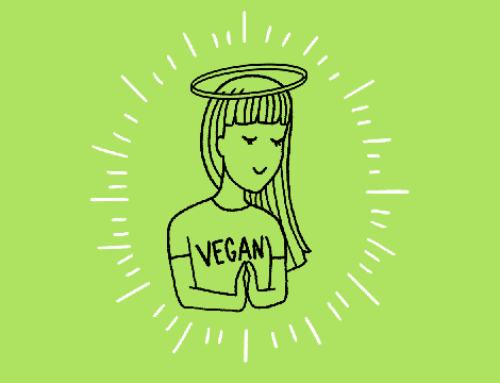10 Super-Healthy Food Trends You Haven’t Tried Yet
Looking for a new über-healthy food to add to your repertoire? Check out this list of healthy food trends!
Kale, quinoa, Greek yogurt. All are super-healthy foods you should be eating—and chances are you already are. Looking for a new über-healthy food to add to your repertoire? Check out this list! Whether your diet could use a health tune-up or already is the epitome of health, we think you’ll find at least one food on this list to add to your diet.
—Brierley Wright, Nutrition Editor
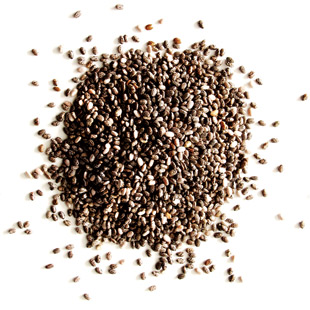
1. Chia
Health-conscious eaters are getting serious about—and going crazy for—chia seeds (yes, like the “pets”). It’s no wonder: they deliver as much protein as some nuts as well as heart-healthy alpha-linolenic acid (ALA), the plant-based omega-3 fat. Per tablespoon, chia delivers 2 grams protein, 4 grams fiber and 1.75 grams ALA. Chia seeds may have celebrity status as the newest superfood fad, but they’ve been around for centuries (they were prized by the Aztecs). The seeds absorb liquid easily, gelling and making a creamy addition to oats and pancakes. That property also makes them easy on sensitive stomachs, says David C. Nieman, M.P.H., Dr.P.H., of Appalachian State University. “Some other seeds, like flax, are harder to digest because they have more lignan, a tough fiber,” says Nieman.
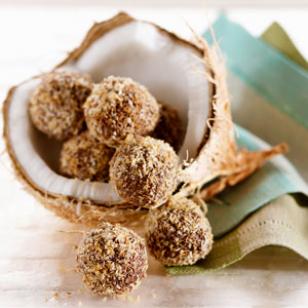
ictured Recipe: Coconut-Dark Chocolate Truffles
2. Coconut Flour
The popularity of coconut doesn’t end with hot-right-now coconut water and coconut oil. Coconut flour is a healthy way to add decadent coconut flavor to baked goods (as we used in the Coconut Dark-Chocolate Truffles, pictured left). As for health benefits of coconut flour: it packs a whopping 5 grams of fiber per 2 tablespoons (with only 2 grams of total and saturated fat) and it’s gluten-free. Coconut flour has health benefits for people with diabetes, too: adding coconut flour to baked goods lowers the glycemic index (a measure of the rate that a food increases blood sugar). In your market, look for coconut flour near other gluten-free flours.
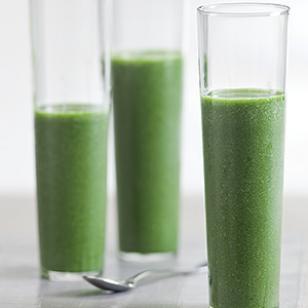
Pictured Recipe: Green Smoothie
3. Vegetable Smoothies
Smoothies are often a tasty delivery device for fruit. But adding vegetables—especially spinach and kale to make green smoothies—is all the rage these days, possibly thanks to a renewed interest in juicing. Even beets and sweet potato are making an appearance in smoothies (not together and typically in combination with fruit). Try it for yourself with our Healthy Smoothie Recipes for Green Smoothie with Kale & More.
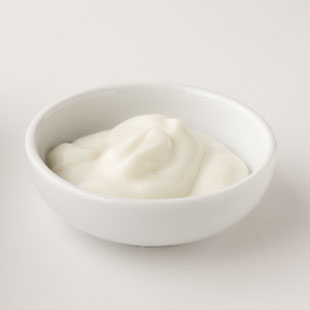
4. Skyr
Skyr is the traditional yogurt of Iceland and is comparable in texture and nutrition to Greek yogurt—delivering just as much protein, but for slightly fewer calories (perhaps because it’s always made with skim milk).
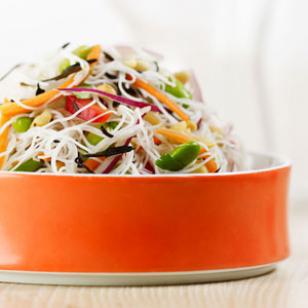
Pictured Recipe: Rice Noodle & Edamame Salad
5. Seaweed
Dulse (say it like “pulse”) is one example of a growing infatuation with eating seaweed. This family of nutrient-packed sea vegetables has been turning up everywhere from school lunches (where savvy parents swap it for potato chips) to gourmet restaurant fare. Why all the love? Dulse is a good source of potassium and iron—and boasts loads of iodine, necessary in the regulation of the thyroid gland and usually found only in seafood or iodized salt. It has a salty, of-the-sea flavor. You can enjoy dulse in many forms. Look for it in natural-foods markets, where you’ll find it either in flakes or in bags of dried strips, and crumble it over soups or salads.
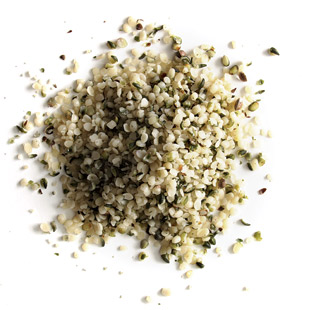
6. Hemp
Chia isn’t the only super-healthy seed gaining popularity. Though hemp plants (aka Cannabis sativa) are illegal to grow in the U.S. because of their association with the mood-altering cultivars of the plant, eating hemp seeds is increasingly popular. Hemp-seed sales grew 156 percent between 2008 and 2010. As versatile as, and similar in taste to, sunflower seeds, hemp seeds can be eaten raw, toasted, sprinkled on yogurt or salads or ground into seed butter. Per tablespoon, hemp seeds boast 16 percent of your daily value for phosphorus and magnesium, 1 gram of ALA and a little under 1 gram of fiber.
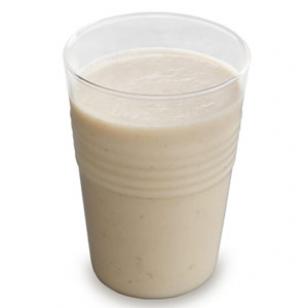
Pictured Recipe: Banana Spice Smoothie
7. Kefir
Think yogurt in a glass. This fermented dairy beverage is packed with beneficial probiotics that may help give your immune system a little extra edge. With 29 percent of your daily value of calcium per 8-ounce serving, kefir is the perfect choice for adding to smoothies in place of yogurt or as an on-the-go breakfast. Look for it in your local market and choose plain for less added sugars; if you want extra flavor, add fresh fruit or fruit puree for natural sweetness.
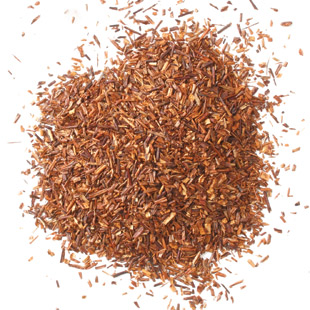
8. Rooibos Tea
Green tea isn’t the only super-healthy tea out there. Rooibos tea—a red-colored herbal tea made from the leaves of the rooibos bush—may protect your heart. People at risk of developing heart disease (read: high cholesterol, blood pressure and/or body mass index) significantly lowered their triglycerides and “bad” LDL cholesterol and raised their “good” HDL cholesterol by drinking 6 cups of the tea daily over six weeks, says research published in the Journal of Ethnopharmacology. Find 3 other super-healthy teas to try here.
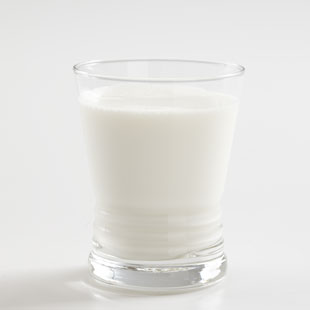
9. Almond Milk
At the grocery store, your milk choices go beyond what cows produce. Plant-based “milks” are increasing popular. If you find yourself wandering into the alternative “milk” category, go for almond milk. It’s naturally high in calcium and if you buy one fortified with vitamin D, it’s comparable to cow’s milk. Per cup, almond milks deliver fewer calories than cow’s milk (60 to 80) and, depending on the brand, potentially slightly less protein (2 to 9 grams versus 8 to 9 in cow’s milk). One cup of almond milk also has 2.5 to 4.5 g fat, 0 to 0.5 g saturated fat, 5 to 11 g carbohydrate, 0 to 4 g fiber, 20 to 30 percent of your daily recommendation for calcium and up to 25 percent of your daily needs for vitamin D. Find out how almond milk nutrition compares to other alternative miks here.
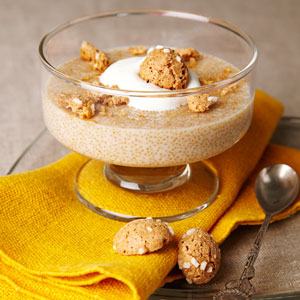
Pictured Recipe: Amaranth Pudding with Amaretto Cream
10. Amaranth
Quinoa is having its day in the sun, but amaranth, another whole grain, deserves a mention—it’s a boon for vegetarians because it’s high in both iron and zinc, nutrients that can be tough to get into a vegetarian diet, as well as protein. It’s also rich in calcium and magnesium—and is gluten-free. Grown as an ornamental for its pretty blooms as well as for its grains, amaranth grains have been cultivated in Central America for an estimated 5,000 to 8,000 years. When cooked, amaranth has a thick, porridge-like texture—great in soups, stews, breakfast porridge or puddings. Find it in the natural-foods section of well-stocked supermarkets or in natural-foods stores.
Article Source: http://www.eatingwell.com/article/276044/10-super-healthy-food-trends-you-havent-tried-yet/



